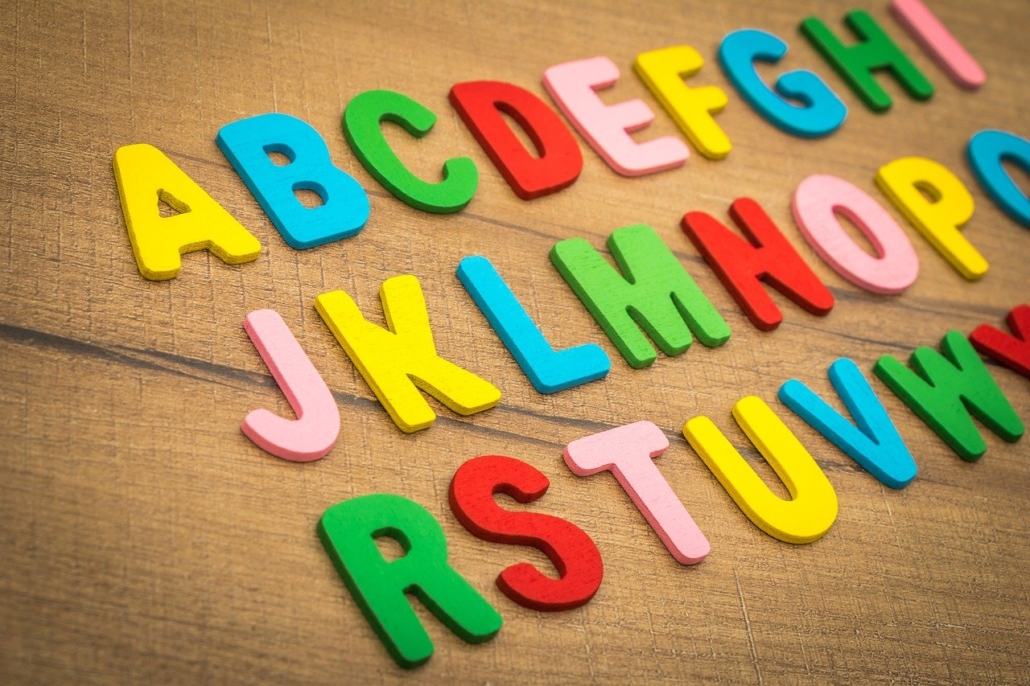

Can young children learn words just by overhearing them?
According to research, the answer is yes. But just how well can they acquire new vocabulary in this way, and is it simply a case of eavesdropping?
The studies are interesting…

Vocabulary acquisition through overhearing has been a well-researched area. In a nutshell, findings from laboratory-based studies suggest learning through overhearing is effective, but results differ for studies undertaken in more natural contexts.
Overhearing is defined by Tomasello and Farrar (1986) as hearing a word for the first time, in context, but without joint attention cues. So, no one is making an effort to interact with the young child or gain their attention, the child just happens to hear the word. Of course, under laboratory conditions it would be a bit contrived to class this as eavesdropping. Experimenters set up tasks where they might introduce some objects to a colleague and label them in a fairly explicit way…
A: Oh look! It’s a spatula!
B: Oh yes! A big spatula! Is that for me? Oh, thanks very much!
… while the infant is observing but not ‘involved’ as such. Then, later on they might give the child a response task, like putting the spatula in a tray with other random objects and asking the kid to identify it. That’s the gist of it anyway. They’d test understanding over time to judge whether the word has been acquired.
I know what you’re thinking – there’s far more to learning a word than just labelling it. Yes, there is. See Golinkoff et al (1994) and the Lexical Principles Framework for a breakdown of that. But let’s keep things straightforward here and just focus solely on young kids (say 18 months to 2 years) recognising (or perhaps attempting to produce) object labels.
There are far more variables for word learning in natural settings compared to labs. Woodward and Markman (1998) explain that children draw on four types of information to infer meaning: pragmatic cues, syntactic cues, bias/constraint and contrast. In natural settings there are surely far more (varied) cues available to the child compared with in a lab, yet these might not be as explicit as they are under lab conditions. One variable which can be observed in a lab, occurs in authentic contexts, and relates to the social nature of learning, is the joint attention of those speaking.
Imagine a child listening in (and looking on) as two people converse. Both Person A and Person B might typically be engaged in the conversation – both paying attention. If you have that whole ‘introduce a few words’ scenario and both people are interested and engaged, you could say that’s joint attention. However, imagine that one person doesn’t really care. Person A wants to introduce some new objects and tell Person B what they are called, but Person B prefers to just pick their nose, grunt, or read a newspaper.
Do you think a child would adequately learn the new words in both those conditions? No, I hear you cry! According to Fitch et al (2020), you’d be right. When children are overhearing a conversation, they are more likely to learn words if the interlocutors (the people in the conversation) are attentive to each other.
Sure, these are small scale studies, and yes, you might think that sounds obvious. But just think about that finding for a second. Think about it as a parent, or a teacher, or a TA. Just think about the interactions you have with others in and around your educational setting – the situations in which children might just be listening in. They are incidental learning opportunities.
I admit it. There are times that I could be more attentive, be more present. It’s 7pm. My kid is guzzling milk on the sofa while watching Puffin Rock / Robocar Poli / Super Wings, and I’m aimlessly flicking through social media. My wife sparks up conversation. I’m not fully engaged. Could my child benefit in some way from me being more attentive? Maybe, if he wasn’t so engrossed in insert TV show here. But you get my point.
Modelling joint attention could have benefits, more so for my child than me scrolling through Twitter. I can’t guarantee that my child will comprehend much of an ungraded, fast-paced, stream of speech being blurted out by two tired adults – it certainly isn’t as comprehensible or constrained as waving a spatula and labelling it. Still, there might be uptake of something. Prosody for example, not just words.
So, what can we learn from research into overhearing and word learning? Attention matters, so get off that phone!
References
Fitch, A., Lieberman, A. M., Luyster, R. J., & Arunachalam, S. (2020). Toddlers’ word learning through overhearing: Others’ attention matters. Journal of experimental child psychology, 104793.
Golinkoff, R. M., Mervis, C. B., & Hirsh-Pasek, K. (1994). Early object labels: the case for a developmental lexical principles framework [*]. Journal of child language, 21(1), 125-155.
Tomasello, M., & Farrar, M. J. (1986). Joint attention and early language. Child Development, 57, 1454–1463.
Woodward, A. L., & Markman, E. M. (1998). Early word learning. In W. Damon (Ed.), Handbook of child psychology: Vol. 2. Cognition, perception, and language (p. 371–420). John Wiley & Sons Inc.